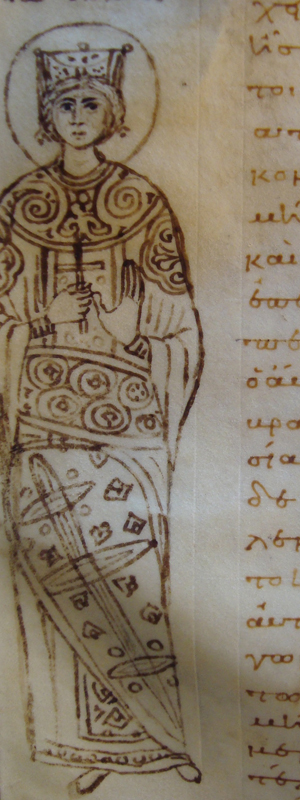MOVILIDAD Y TRANSFERENCIA ARTÍSTICA EN EL MEDITERRÁNEO MEDIEVAL (1187-1388): ARTISTAS, OBJETOS Y MODELOS
MAGISTRI MEDITERRANEI
The fall of Jerusalem in 1187 and the loss of Athens by the Catalans in 1388 bracket two turbulent centuries of growth and expansion on the part of the Latin States in the Mediterranean. These conditions favored mobility and encouraged artistic transfer between Latins, Greeks and Eastern Christians. The provision of ‘protection’ for pilgrims to the Holy Land, as well as the creation of new routes for military and commercial expansion, meant that the kingdom of Aragon, along with the leading Italian maritime cities of Venice, Pisa and Genoa, associated themselves ever most closely with the East through the acquisition of relics, spolia, and precious materials as well as through more conventional exchanges of political, dynastic and diplomatic gifts. The result was the circulation of artists, models and objects, and the diffusion of foundational myths (Hercules) or devotions (S. Eulalie, S. Catherine, S. Thecla, S. Barbara, S. Anthony, S. George, S. Mark). The Art of the Military Orders, borrowings from Islam, the prestige of the earlier Crusaders, the meeting of different traditions and knowledge, the fascination for Byzantium, all seem to develop into paradigms during this the new period. This peculiar interaction seems to have been favored across Catalunya Nova (Tarragona), Valencia, Mallorca, Sardinia, Sicily, as well as within the kingdom of Acre, Lusignan Cyprus, the Latin Empire of Constantinople or by the Almogavars in the Byzantine Empire. The ultimate result was the settlement of the Duchy of Athens and Neopatria. This was a two-way exchange which resulted in some interesting examples of acculturation and artistic ‘introjection’ – a process which is still relatively neglected and should be understood in the context of the Global Middle Ages.


















